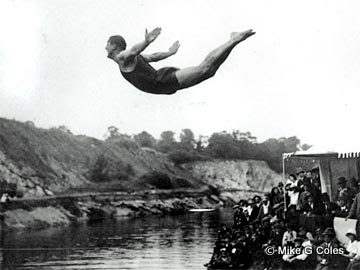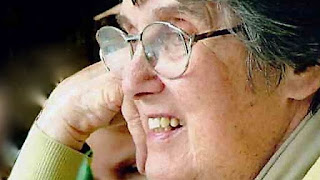Paulo Radmilovic, King of the Welsh Olympians by Bruce Pope of BBC Wales

A diving exhibition by Paul Radmilovic at the River Taff. Paulo Radmilovic is not just Wales' most successful Olympian. For 80 years he was also Britain's most successful until rower Sir Steve Redgrave won a fifth gold medal at the 2000 Games in Sydney. Born in Cardiff, Radmilovic was an excellent swimmer over all distances but it was as a water polo player that he reached full fame. Radmilovic appeared in five Olympics between 1908 and 1928, winning four gold medals including the first claimed by a Welshman. That came at the 1908 London Games when as part of the British water polo team, 'Raddy' scored two goals in the final in a 9-2 victory over Belgium. Radmilovic was then drafted into the 4x200 metres swimming relay team after another athlete withdrew through illness. The British four set a world record in the semi-finals before winning a thrilling final over Hungary, the United States and an Australasia team. The victorious 1908 Great Britain Team with George W ...

